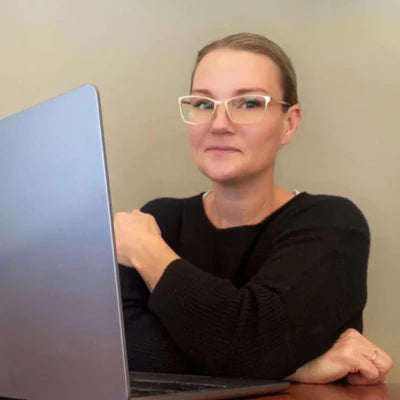
Simple Guide To Recycling in Victoria
Share
Guide to Recycling in Victoria: Maximizing Sustainability
Recycling is a critical component of maintaining our region's environmental health. This quick guide aims to clarify the recycling process, inform residents about the importance of proper waste disposal, and highlight how compostable products (like those from Biotuff) can contribute to a greener future.
Understanding Your Bin System in Victoria
Mixed Recycling Bin (Yellow Lid)
The yellow-lidded Mixed Recycling bin is a standard fixture in Victorian households, playing a crucial role in the recycling process.
- What Goes In: This bin accepts clean plastics labeled with identification codes #1 (PET), #2 (HDPE), and #5 (PP), along with aluminium cans, steel cans, and glass bottles and jars.
- Preparation: Ensure all containers are empty and rinsed free of food and liquid residues. Caps and lids should be removed to prevent them from trapping liquid or small waste items that could contaminate the recycling process.
- Processing: Collected materials are taken to a Material Recovery Facility (MRF), where advanced sorting technology and manual labor separate items into material types. Contaminants can lead to entire loads being diverted to landfill, underscoring the importance of proper sorting at home.
General Waste Bin (Red Lid)
General waste bins are intended for waste that cannot be recycled through the other streams provided.
- Key Considerations: The majority of general waste, including contaminated packaging and items not accepted in other bins, ends up in landfills, where they contribute to methane production—a potent greenhouse gas.
- Minimizing Waste: Reduce the amount going into this bin by prioritizing reduction, reuse, and recycling. Consider composting organic waste or finding alternate uses for items that might otherwise be thrown away.
Glass Recycling Specifics
Glass recycling in Victoria requires careful consideration to ensure the material can be effectively recycled.
- Preparation: Rinse all glass bottles and jars and remove any lids or caps. This prevents contamination and ensures that the glass can be properly processed.
- Non-Recyclable Glass: Items like drinking glasses, mirrors, or any glass that is not a bottle or jar should not be placed in recycling bins as they are treated differently and can contaminate the recycling process.
Special Bins for Specific Needs
E-Waste Bin (Grey Lid)
E-waste includes any item with electronic components or batteries.
- Importance: E-waste contains valuable materials that can be recycled as well as hazardous elements that can be harmful to the environment if not disposed of properly.
- Disposal: Use designated e-waste collection points for items like computers, televisions, and batteries to ensure they are processed safely.
Secure Destruction Bin (Deep Blue Lid)
For confidential documents that need to be disposed of securely.
- Process: Documents are shredded and then recycled, ensuring both environmental responsibility and data security.
Organics Bin (Green or Burgundy Lid)
Designed for organic waste which can be composted and returned to the earth.
- Usage: Ideal for all biodegradable kitchen waste including fruit and vegetable scraps, coffee grounds, and tea leaves.
- Compostable Products: Use Biotuff’s compostable bags to collect organic waste, ensuring that plastics don’t contaminate the compost.
LDPE Recycling (Orange)
For Low-Density Polyethylene materials, often used in packaging.
- Collection: Collected in clear bags at designated LDPE stands, ensuring that only appropriate materials are recycled in this stream.
The Role of Compostable Products
Biotuff’s range of compostable bags offers an effective alternative to traditional plastic bags, aligning with Victoria’s goals for waste reduction and sustainability. These products are designed to break down completely in composting systems without leaving harmful residues.
Conclusion: Your Impact on Victoria’s Environment
By understanding and adhering to Victoria’s recycling guidelines, residents can make a significant positive impact on the environment. Effective waste segregation helps in conserving natural resources, reducing landfill use, and decreasing pollution. Remember, each step you take in properly managing waste not only aids in resource recovery but also supports the broader goal of environmental conservation in Victoria.

We will only handle press inquiries. If you have questions regarding an order please contact our customer care. media@biotuff.com.au
In the spirit of reconciliation, Biotuff Australia acknowledges the Traditional Custodians of the country throughout Australia and their connections to land, sea and community.
We pay our respects to their elders past, present and emerging, and extend that respect to all Aboriginal and Torres Strait Islander peoples today and everyday.
